Wearing clothing constructed with sweat-wicking fabric is one of the simplest methods to get the appearance and sensation of being dry even while sweating. Fabrics that wick away moisture are a godsend if you tend to sweat a lot. The most effective moisture-wicking fabric relies on capillary action to transport sweat away from the body, where it may more easily evaporate and become dry. However, this article will discuss everything you need to know regarding wicking fiber.
Table Of Contents
What is Wicking Fabric?
Wicking fabric is a type of modern technical fabric that can pull moisture away from the body and dry quickly by evaporating the sweat into air. They are constructed out of high-tech synthetic fibers, especially polyester, which, in contrast to cotton, has a low capacity for absorbing water. Cotton can soak up seven percent of its weight in water, whereas polyester can only manage four percent.
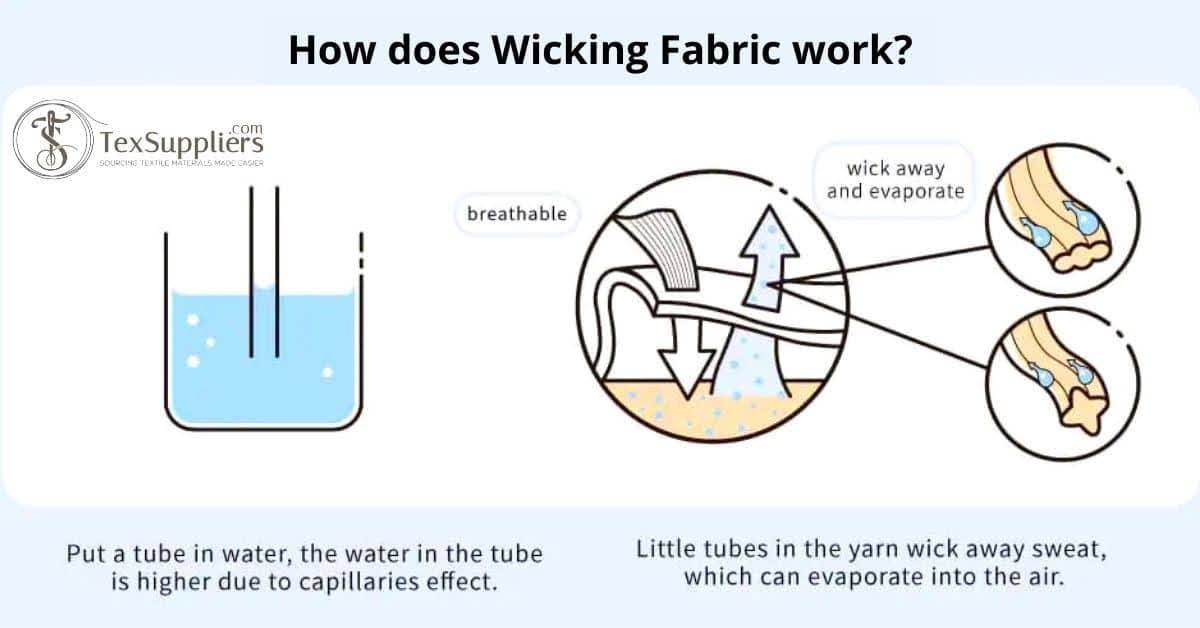
Cotton will cling to your sweat, causing your clothing to become cumbersome and uncomfortably damp. On the other hand, wicking polyester will not soak the moisture. In stead it will keep moisture away from the skin. This is because polyester wicking yarn has a unique butterfly-like shape and an enormous surface area, which allows it to suck up moisture and carry it away from your body, spreading it out and allowing it to evaporate on the outside of the fabric readily.
Sience Behide it?
There is a serious science behind it which is called " Capillary Action". Due to capillary pressure, the tiny tubes-like space in the wicking yarns allow liquid (moisture) to move through the fabric. Let's show an example to make it clear how moisture moves through the fabric caused by capillary action. This is something like when you put water into the roots of a tree, the water travels to branches and leaves continuously.
History
Robert Kasdan, from New York, New York, and Stanley Kornblum, both from New York, are credited with inventing the wicking fabric (Monmouth Junction, N.J.) They discovered that a synthetic knit fabric constructed of microfiber yarn could drain moisture away from the body. On July 31, 1998, an application for a patent covering this technique was submitted.
On the other hand, Kevin Plank, who would later start Under Armour, is credited with being the first person to mass sell moisture-wicking materials in 1996 when he was still a student at the University of Maryland. No one knows for sure, but somebody is making a significant amount of money from this technology.
What is Wicking Fabric Made of?
Fabrics designed to wick moisture away from the body are most frequently fabricated using one of the following three types of materials:
Polyester: Polyester is inexpensive, simple to work with, and dries out rapidly.
Cotton: Cotton is excellent for wicking away moisture, but it has a slow drying time. It is practical for everyday use but unsuitable for physical activities that produce significant amounts of sweat.
Nylon: Nylon is strong and has a pleasant feel to the touch. Even though it takes longer to dry than polyester, it is still a popular option for athletic apparel.
Other natural yarns: Most strings made from natural fibers, such as cotton, rayon, linen, and so on, are not appropriate for wicking. However, if they are combined with polyester yarn, it is feasible to provide them with satisfactory wicking properties. They are more suited for endeavors that do not produce a significant amount of perspiration.
Wicking Fabric Manufacturing Process
There are primarily three methods that may be utilized to impart wicking qualities onto a garment.
Constructing Yarn
Compared to conventional yarn, wicking yarn is made of a unique combination of fibers. A typical thread has the form of a circle. The yarn used for wicking is not circular. In the end, it is intended to have a more significant number of niches and routes through which water vapor may pass.
The flow of moisture by capillary action is termed capillary action. Water can travel through the fabric because the yarn contains microscopic capillaries, often known as tiny tubes. Sweat is absorbed away from the body so that it may be released into the atmosphere to evaporate.
Because wicking yarn is always made of synthetic filament, it can only be found in synthetic textiles such as polyester and nylon.
The Structure of the Knitting and Weaving
This method is sometimes referred to as mechanical wicking or one-way wicking, depending on the fabric construction (weaving and knitting). This kind of fabric may be crocheted into any number of different patterns including yarn twist, the way of how one yarn crossed over another, and weaving and knitting structure. Because of the design of the material, the outermost layer of the garment will absorb any moisture present.
This ensures that perspiration is drawn away from the skin and distributed evenly across a vast surface area of the outer fabric. After that, it will be capable of evaporating rapidly and effectively.
Chemical Finish
By applying a chemical finish that contains a hydrophilic molecule, a typical fabric can be endowed with the ability to drain moisture away from the wearer's body. In most cases, this is included in dying or setting the cloth.
Following the treatment of the fabric, the additive will attach itself to the surface of the yarn, turning it into a hydrophilic material. A wicking finish made of wicking chemicals is less expensive than wicking yarn. However, the finish will progressively deteriorate when the garments are laundered several times.
Characteristics of Wicking Fabric
The production of wicking cloth is a somewhat complex process. But, it is mainly famous for its characteristics as follows:
|
Characteristics |
Useful For |
|
Draw moisturizer |
This not only helps to prevent the user from becoming wet but also makes it easier for the body to maintain its temperature. Additionally, it helps to reduce the unpleasant odor and discomfort that are occasionally brought on by sweat. |
|
Dries quickly |
Types of Wicking Fabric
There are different types of wicking fabrics as follows:
Polyester
Polyester, a synthetic mix, is a trustworthy fabric in terms of its ability to wick away moisture. Polyester, when combined with other materials, creates a textile that is not only breathable but also lightweight and dries very quickly.
On the other hand, it has a propensity to hold on to smells and may even encourage the growth of microorganisms.
Merino Wool
One of the materials that are now available and are known for its ability to wick away moisture is merino wool. It is a natural fabric that is breathable and lightweight, making it an excellent choice for use in climates with higher average temperatures. Unlike polyester, it doesn't keep smelling. Merino wool is now available in lightweight fabrics, making it an excellent choice for undershirts and athletic wear.
However, the only drawback is using merino wool, which is known to be one of the most sumptuous textiles for wicking away moisture. Cotton and other synthetic textiles have more excellent durability than this one does.
Wool
Wool is a natural textile known for its exceptional ability to drain moisture away from the body. As a result of its ability to regulate heat while also being soft and warm, it is an excellent material for winter outerwear.
Polypropylene
It is an excellent material for producing clothes and equipment designed to be used in cold weather. Additionally, compared to the other textiles on the list, it has a coarser texture.
Nylon
The properties of nylon include the ability to wick away moisture, resistance to mildew, and rapid drying. Because it is lightweight and elastic, in addition to being pleasant to wear, it is an excellent choice for clothing to wear to a workout. For this reason, a lot of exercise clothing and equipment is composed of nylon or has a high proportion of nylon compared to other materials.
Even though nylon is an excellent fabric for wicking away moisture, it does have a few drawbacks. To begin, nylon has the potential to hold onto scents, which is not ideal if you tend to sweat a lot. As for whether or not nylon is permeable, that is determined by the yarn or weave size.
Bamboo
In the same way, as micro modal is produced from plants, bamboo to has fibers that naturally wick away moisture. Because of its supple and refreshing feel, as well as its excellent job of keeping the wearer's temperature under control, it is a perfect choice for all seasons. The moisture-wicking fabric made from bamboo, on the other hand, can be very pricey in comparison to other natural materials like cotton.
Various clothing alternatives can help you manage hyperhidrosis or excessive situational sweating if you have either of those conditions. The development of sweat-wicking materials, anti-odor fabrics, breathable fabrics, and clothing that absorbs perspiration has made it significantly easier to live with sweat.
Micromodal
Amongst the most breathable and moisture-wicking textiles now available in the micro modal. It has outstanding capabilities for controlling temperature, making it possible for you to be comfortable in any climate.
It is perfect for undergarments, loungewear, and any other apparel that comes in direct contact with the skin due to its silky smooth, and very soft feel. On the other hand, micro modal occasionally pill, which indicates that it requires more careful maintenance than other textiles that wick away moisture. However, even though it can assist in regulating body temperature, the micro modal fabric does not retain heat and will not keep you warm.
Wicking textiles are a type of modern technical fabric that can pull moisture away from the body and away from the garment. They are constructed out of high-tech polyester, which, in contrast to cotton, has a low capacity for absorbing water. Cotton can soak up seven percent of its weight in water, whereas polyester can only manage four percent. Cotton will cling to your sweat, causing your clothing to become cumbersome and uncomfortably damp.
Properties
Here are the properties of wicking fiber:
Breathability:
Some individuals will refer to materials that wick moisture as being "breathable," which means that they allow air in and wick moisture away from the body. Fabrics that are breathable, showerproof, and waterproof feature tiny holes throughout the material. These pores are more significant than water vapor molecules so that water vapor may escape. But much more minor than raindrops so that raindrops cannot enter.
Capillary:
The primary force responsible for moisture movement along or through the fabric is capillary pressure. The liquid moves into empty holes until the details are balanced out.
Permeability:
The permeability of fabric is a measure of its capacity to transport moisture through itself and is affected by the sizes and connections of the voids inside the fabric.
Other properties:
Yarn twist (how the threads in the fabric revolve around each other), contact angle (the angle formed between the fiber and the liquid), knit or weave (how the material is constructed on a larger scale), yarn roughness, and a significant number of other characteristics, do have an impact on the wicking properties of a fabric.
Wicking Fabric Applications
Wicking fabric is the ideal material for any form of sportswear, active wear, or clothes used in activities that take place outside because it prevents sweat from accumulating and spreading.
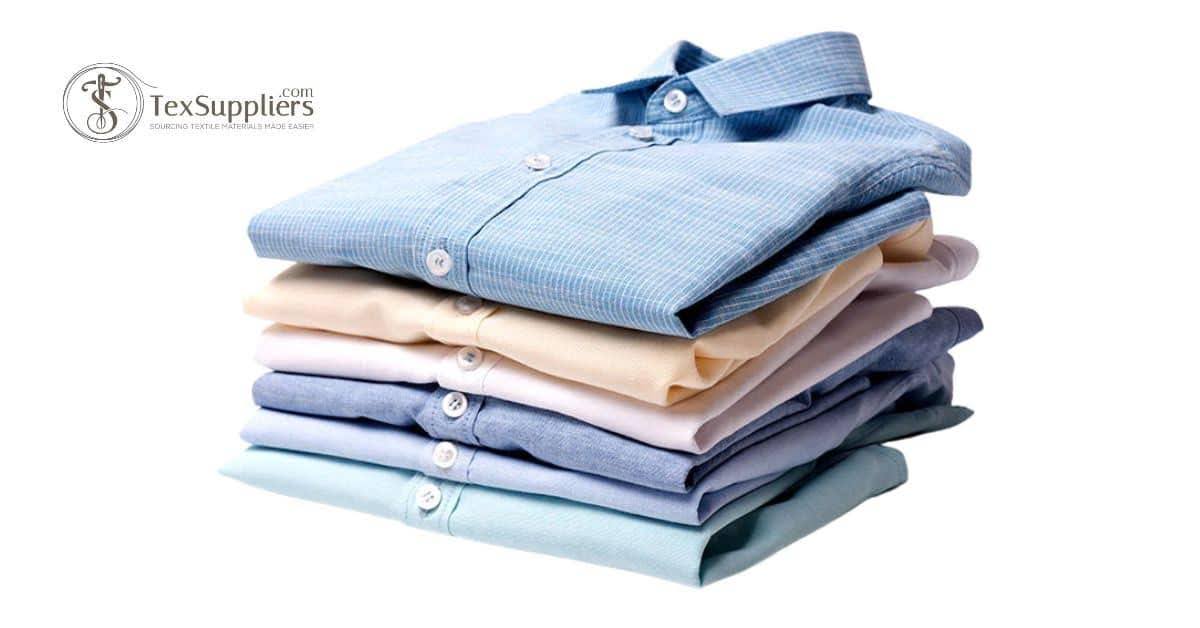
It is also gaining popularity as an option for day-to-day clothing, undergarments, and even beds in warmer regions worldwide.
Conclusion
People that work in the textile industry are very similar to the general populace. They are not comparable in any way. The thing that gives one manufacturer a reason to celebrate brings another manufacturer down to earth. This holds for the process of wicking away moisture.
This function benefits some textile items because it enables the wearer to maintain a dry and ventilated environment while using the product. When producing PVC-coated textiles, however, moisture-wicking characteristics are the last thing you want to look for in a fabric.





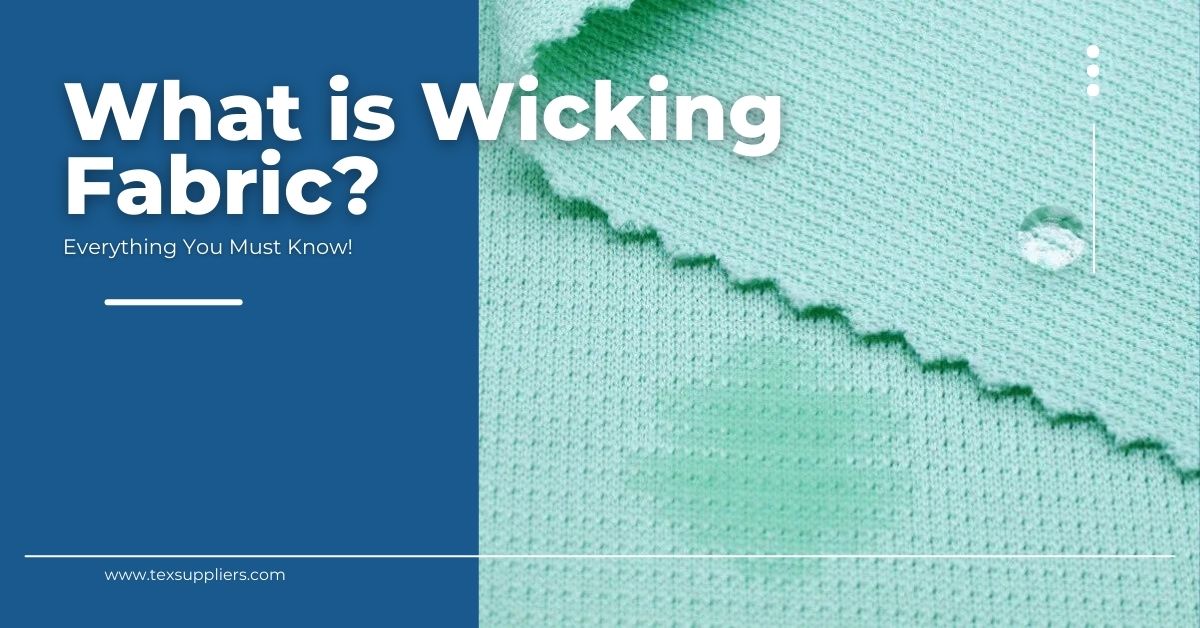

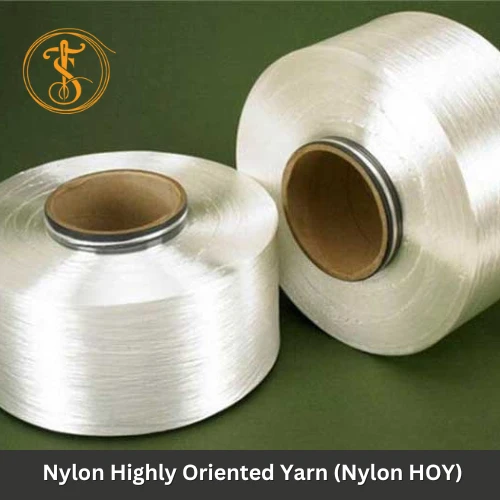
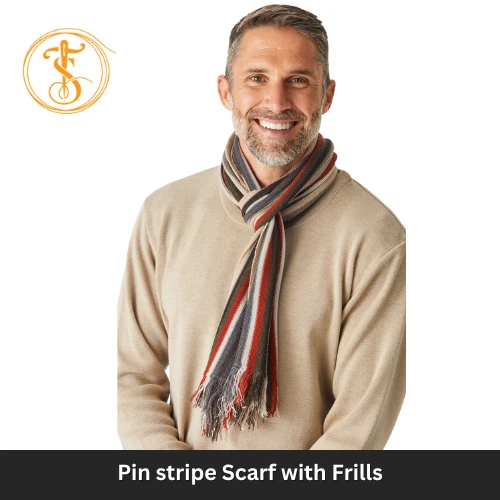

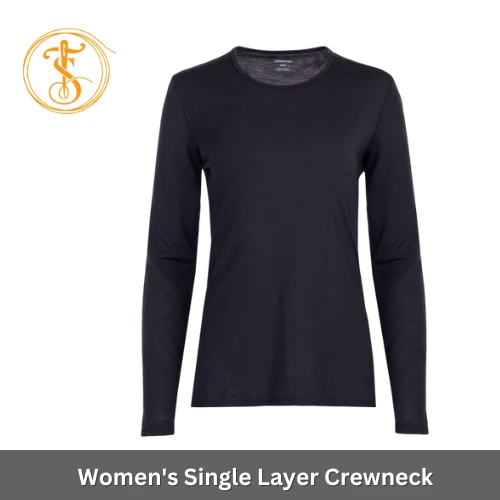
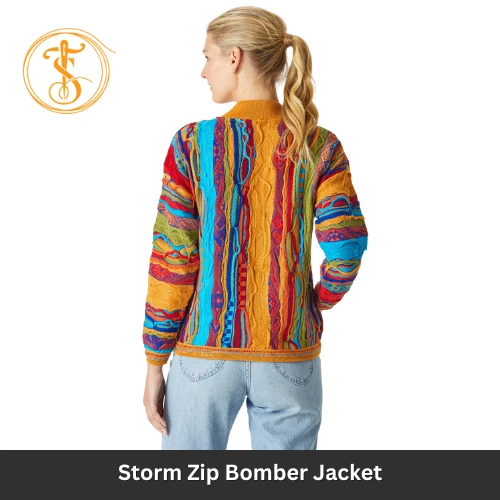
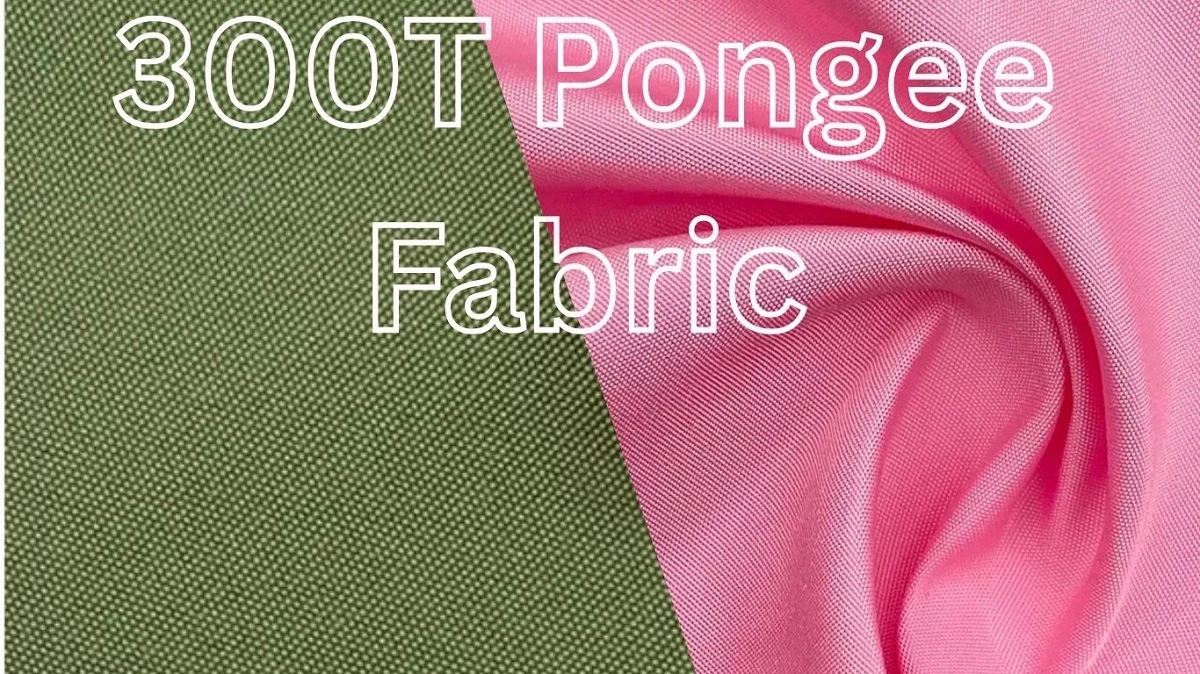
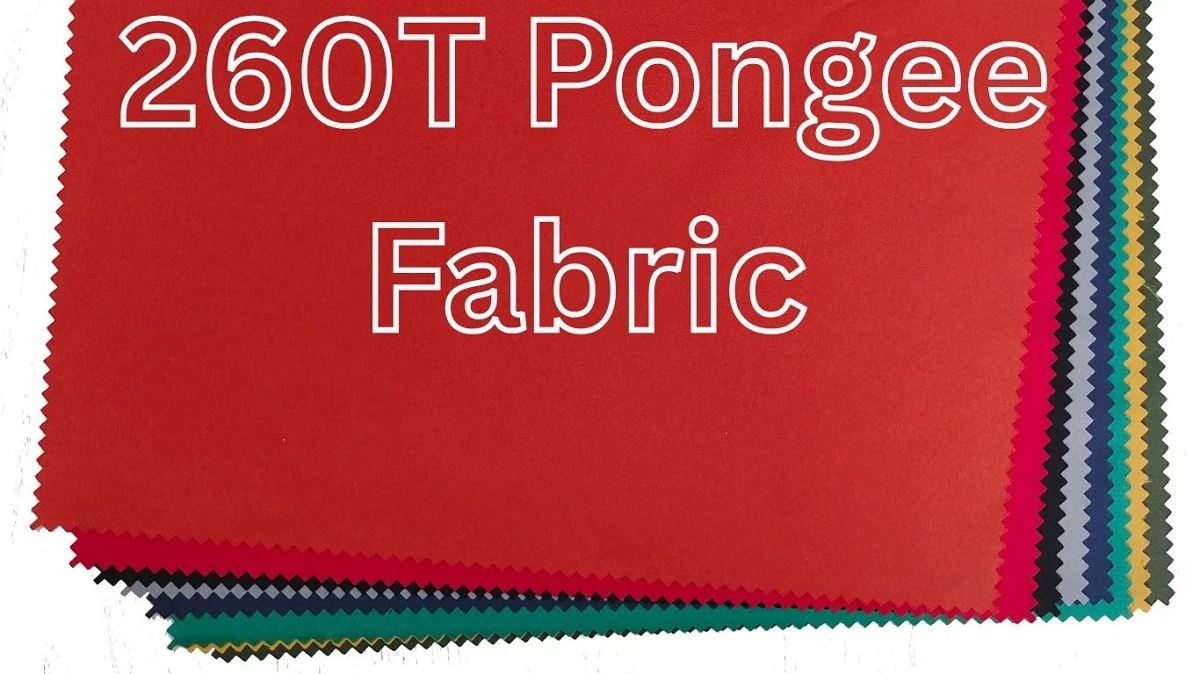
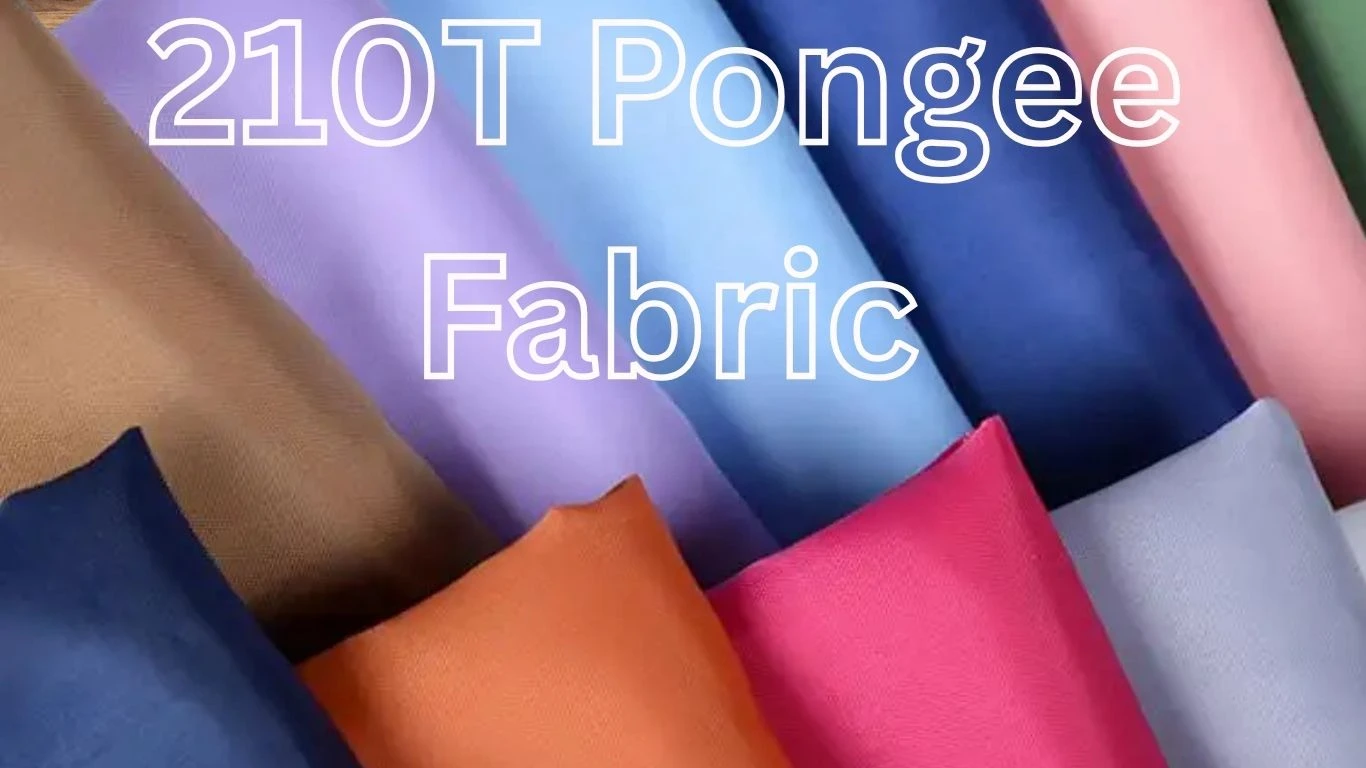
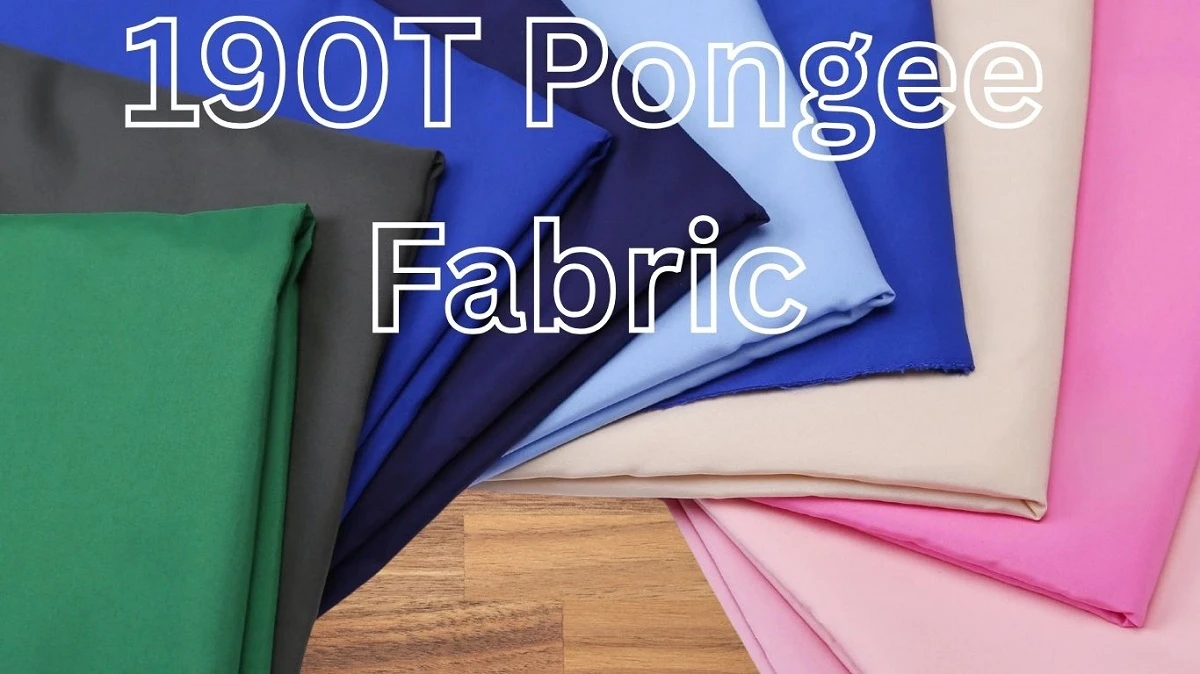
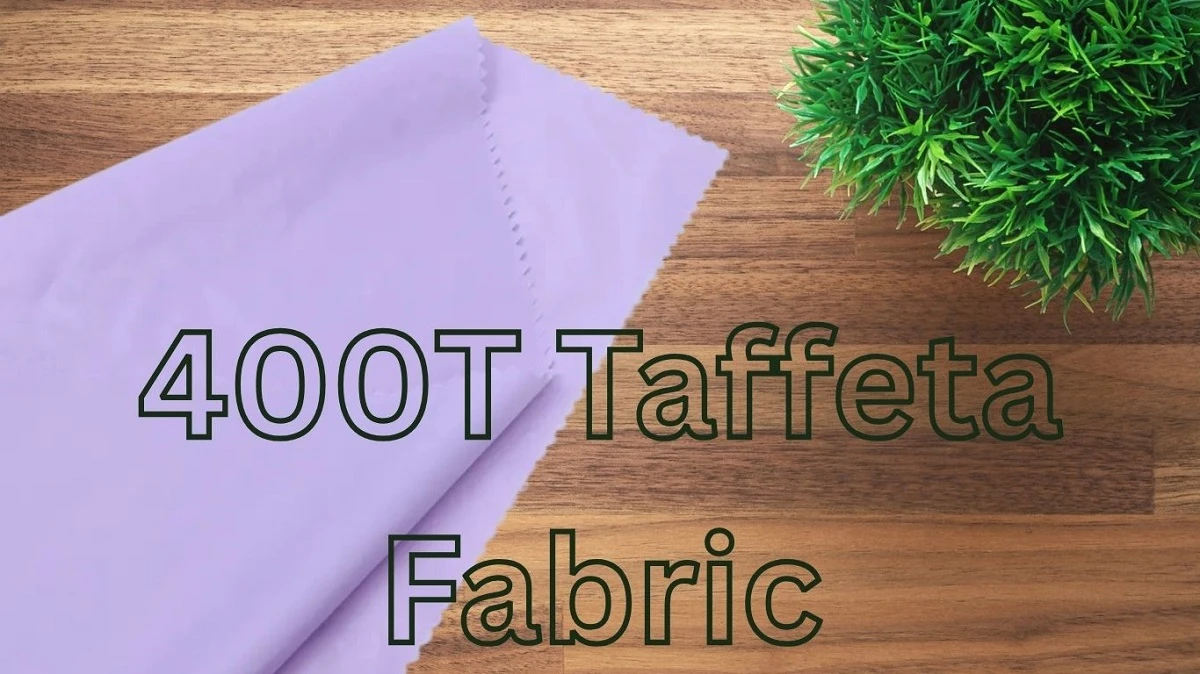
Comments - 00
Leave A Reply
Thanks for choosing to leave a comment.